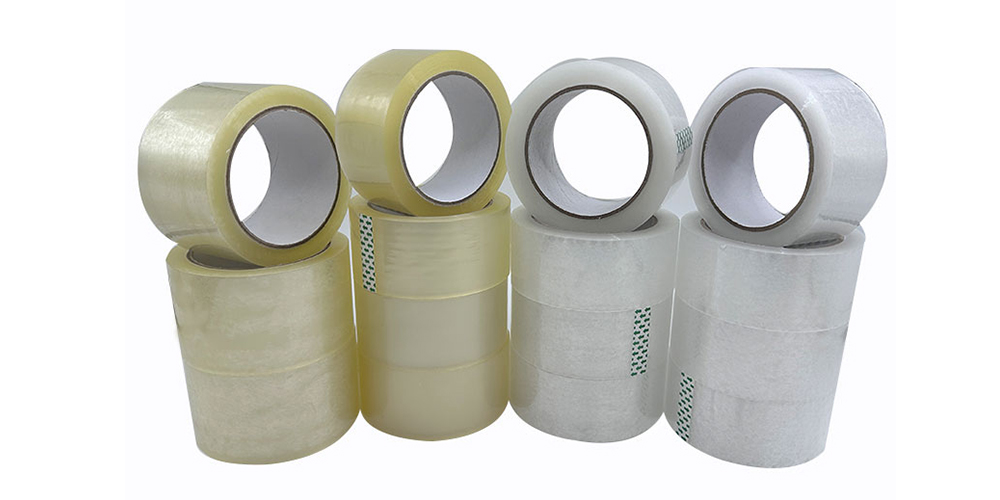Release time:08/07/2024
BOPP (Biaxially Oriented Polypropylene) packaging tape is one of several types of tapes available for packaging and sealing purposes. This article compares BOPP tape to other common types of packaging tapes, highlighting their differences and respective advantages.
One of the primary competitors to BOPP tape is PVC (Polyvinyl Chloride) tape. PVC tape is known for its strong adhesive and flexibility. However, BOPP tape generally offers superior tensile strength due to the biaxial orientation process. Additionally, BOPP tape is more environmentally friendly, as polypropylene is easier to recycle than PVC, which can release harmful chemicals during production and disposal.
Another common tape is kraft paper tape. Kraft paper tape is made from natural paper and is often used for eco-friendly packaging. It has a strong adhesive that bonds well with cardboard. While kraft paper tape is more sustainable, BOPP tape provides better moisture resistance and durability, making it more suitable for heavy-duty applications and long-term storage.

Masking tape, typically used for painting and light-duty packaging, is another alternative. Masking tape is easy to tear and remove but lacks the strength and adhesive power of BOPP tape. BOPP tape is preferable for securing heavier packages and ensuring a firm seal.
Duct tape, known for its strength and versatility, is another competitor. Duct tape has a cloth or scrim backing, providing high tensile strength and durability. However, it is often overkill for standard packaging needs and can leave a residue when removed. BOPP tape offers a cleaner, more cost-effective solution for general packaging purposes.
Cellophane tape, commonly used for light packaging and gift wrapping, is clear and easy to handle. While it provides a neat appearance, it doesn’t offer the same level of strength and durability as BOPP tape. For heavier packages, BOPP tape is the better option.
In summary, while each type of tape has its specific uses and benefits, BOPP packaging tape stands out for its combination of strength, durability, adhesive properties, and environmental friendliness. Its versatility makes it suitable for a wide range of packaging applications, from light to heavy-duty, ensuring that packages remain secure and intact during transit and storage.